Swiss cannabis market – a delicate balancing act

Producing and selling hemp inflorescences (clusters of flowers on a stem) with a low THC content has been legal in Switzerland since 2017. However, this market has not proved to be the gold mine that some expected.
Since 2011, hemp and its derivatives with a THC concentration of under 1% have no longer been considered drugs under Swiss law.
The boom of so-called light cannabis, however, only came about in 2017, when it became possible to produce and market the unprocessed inflorescences of this plant in Switzerland, provided the THC content was below the 1% threshold.
Many people saw an opportunity, a new Eldorado, and the number of registered producers jumped from five in early 2017 to 630 in 2018.
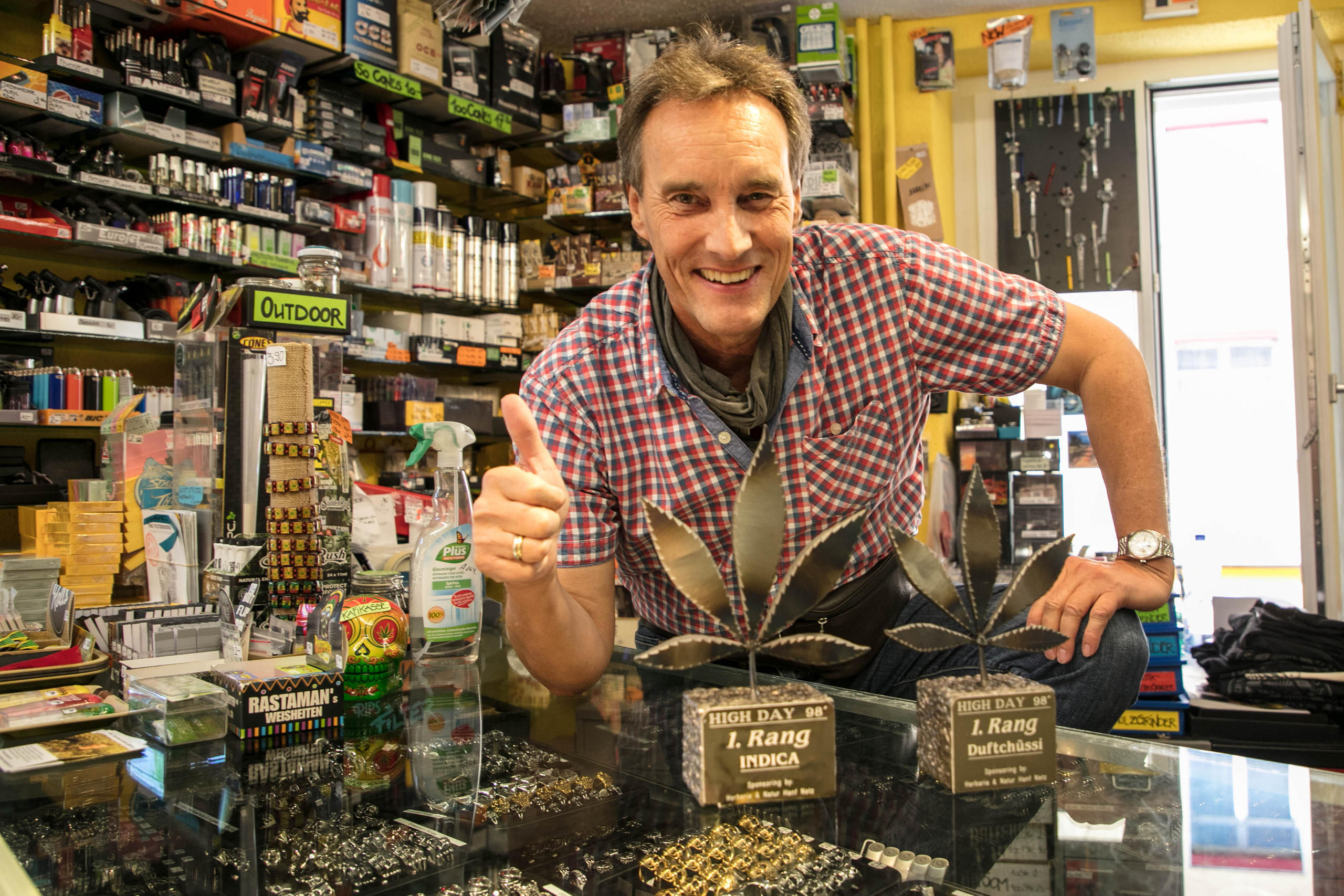
More
‘Swiss marijuana champion’ finds new markets with ‘cannabis light’
But over the past two years something has changed.
A visit to the field, or rather the fields, provides confirmation of this. As noted recently by the Corriere del Ticino, the green of marijuana is losing ground to the red of tomatoes on the Magadino plain in southern Switzerland.
In canton Ticino, anyone wishing to grow hemp must notify the authorities. In 2016, three such notifications were made. These increased to 12 the following year and 33 in 2018. Since then, however, there has been a downward trend. By late October 2020, there had been 24 notifications (plus another three still being processed).
Green gold loses glitter
This development is probably the result of one of the basic rules of the market: when supply exceeds demand, the price of the product drops. This is the view of Stefano Caverzasio, managing director of Purexis, a company that has marketed and processed this raw material since 2011.
While the company also sells hemp inflorescences, it focuses mainly on the processed goods, namely supplements, cosmetics and pharmaceutical-standard products. These are almost entirely produced in its own laboratory in Manno, which also has a small authorised indoor cultivation facility for research and development purposes.
“The saturation of the demand for raw material that we are witnessing in Switzerland reflects a reality that is already well known overseas (in the United States, Canada and some Latin American countries), where more and more companies are slowing or even suspending production, because the supply of available raw materials has long exceeded demand,” Caverzasio explains.
Purexis receives dozens of inquiries each week from Swiss and foreign growers seeking to sell the raw material whose market price has plummeted.
At the time when they were “legalised”, unprocessed inflorescences could be found on the wholesale market for CHF5,000–10,000 ($5,500– 11,000) a kilo, depending on the quality. “Now you can easily knock off a zero,” says Caverzasio.
Also contributing to this price drop was the emergence of large producers, businesses with economies of scale that have extended their cultivation areas over the years, in Switzerland and beyond.
These businesses have mainly developed according to two models. The first comprises companies active in the hemp sector that have managed to expand, have taken over other companies and land and operate directly.
The second involves large agricultural holdings that lease land and decide from year to year whether or not to produce hemp, depending on market demand, by concluding or terminating cultivation agreements.
These are businesses that can afford large-scale, high quality production, with which small companies can hardly compete.
Just like wine
This hypothesis is shared by the president of the Ticino Horticultural Association, Andrea Zanini, who has repeatedly displayed a certain scepticism in the Ticino press to the cultivation of hemp.
He explains that, generally, the owners of the agricultural holdings do not deal directly with this plant, but sublease greenhouses and land, or cultivate it together with third parties.
Some farms with financial difficulties saw cannabis as “a lifeline”, he says. However, not always knowing who exactly they were going into business with, “some have had nasty surprises. They were enticed, but not everyone who went down this road was up to the challenge, and some fell on their faces.”
“The same is true of growing vegetables,” Zanini continues. “If a business gets into difficulty, it’s because it was not working well with vegetables. If you don’t have a good product, you’ll have trouble marketing it.”
It also happens with grapes, he adds. Many people planted vineyards that did not do well. “There is a natural selection among those working with plants.”
The return to traditional crops could also be attributed to the high lease prices for land and greenhouses used for growing hemp, Caverzasio stresses. “In many cases, these were significantly higher than rates for the same facilities if used instead for traditional produce. The subsequent levelling of prices has probably also forced an adjustment towards the usual agricultural lease rates, a factor that has perhaps discouraged those who leased out land for hemp in recent years.”
Finding a place in the market
The analogy with wine seems particularly appropriate when one speaks with Andrea R, an entrepreneur who has decided, for the second time, to embark on the hemp business. The enthusiasm with which he talks about his plants, the challenges faced and the techniques used to ensure that the final product has a certain quality and particular flavour, is not at all unlike that found in an impassioned winegrower when describing his vineyards.
Andrea R is no novice to hemp. At the turn of the millennium, aged 25, he was among those who sought their fortune – and many actually made it – in producing and marketing cannabis. There was a legislative vacuum in Switzerland at the time. Hemp inflorescences, even with high THC content, could be produced and sold, but – at least in theory – not consumed.
Those were the years of the “hemp shops”, whose deodorant sachets for wardrobes were so popular that people came in droves from Italy to buy them. It is hard to believe there could be so many wardrobes in the world. One would almost have thought that these scented bags went up in smoke after being purchased.
A clampdown in 2003 put an end to this business, and Andrea R returned to his job as a mechanic, convinced that the debate on legalising cannabis would be shelved for another hundred years in Switzerland.
However, it did not take nearly as long for a first step in this direction to be taken, and the now 45-year-old saw an opportunity to “rewrite the ending” of his adventure. He opened his Dream shop in Melide and secured a permit to grow light hemp indoors, far from the fields and greenhouses.
This is the method he has chosen to carve out his own space in a sector which, in his view, represents Switzerland for better or for worse. The country, he says, is made up of four things: “absinthe, casinos, banks and hemp”.
For Andrea R, the current market trend is positive, as “those who work badly will have to disappear”.
Changing prospects
Cannabis growing, especially for “recreational” purposes, still suffers a certain stigmatisation in Switzerland, above all south of the Alps. But compared to the early 2000s, something has definitely changed, starting with the laws governing its production and marketing.
“Swiss legislation, despite some problematic issues, has so far moved forwards in a clear, detailed way, and often much earlier than the countries around us. This provides significant advantages to all Swiss businesses in the sector compared with their European counterparts, some of which are still working in a legal limbo,” says Caverzasio.
“People who were bigoted remain bigoted,” comments Andrea R. “But now we can point out to them that cannabis is also on sale in their local supermarket. If this does not make them change their views, it at least makes them think.”
Secondly, the international factor comes into play, with the legalisation of cannabis without THC limits in parts of the United States and in Canada. There are signs that a similar change could also come about in Europe. Switzerland has already begun to undertake studies in this regard. Andrea R would welcome such a development, as he could then expand his range with products that promise a much less “light” income.
Caverzasio, meanwhile, remains cautious about a possible change in Swiss law. “Based on the information received so far from the federal authorities, the Swiss plan is for gradual steps towards acceptance of higher THC levels, with precedence being given to scientific progress over the purely recreational market.”
He hopes that the therapeutic value of hemp will continue to be confirmed and that we will “soon have a commercial framework that guarantees consistent content, traceability, quality and safety to consumers who need to use it”.

More
‘In three years, medical cannabis could be sold in Swiss pharmacies’

In compliance with the JTI standards
More: SWI swissinfo.ch certified by the Journalism Trust Initiative








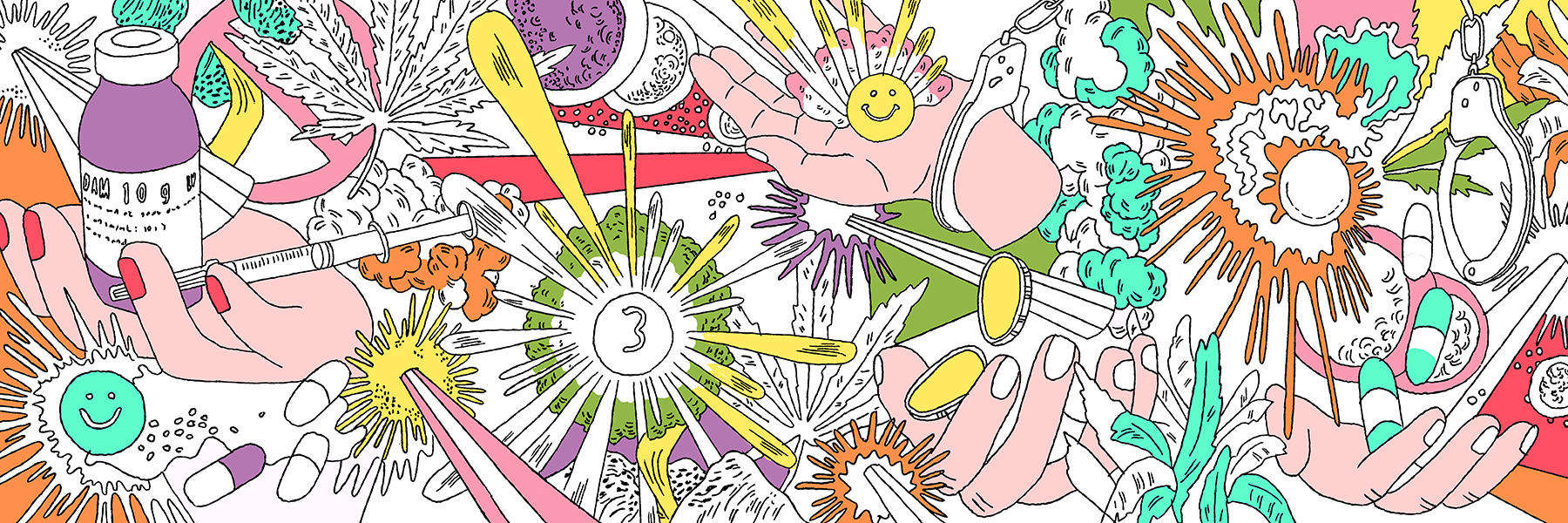


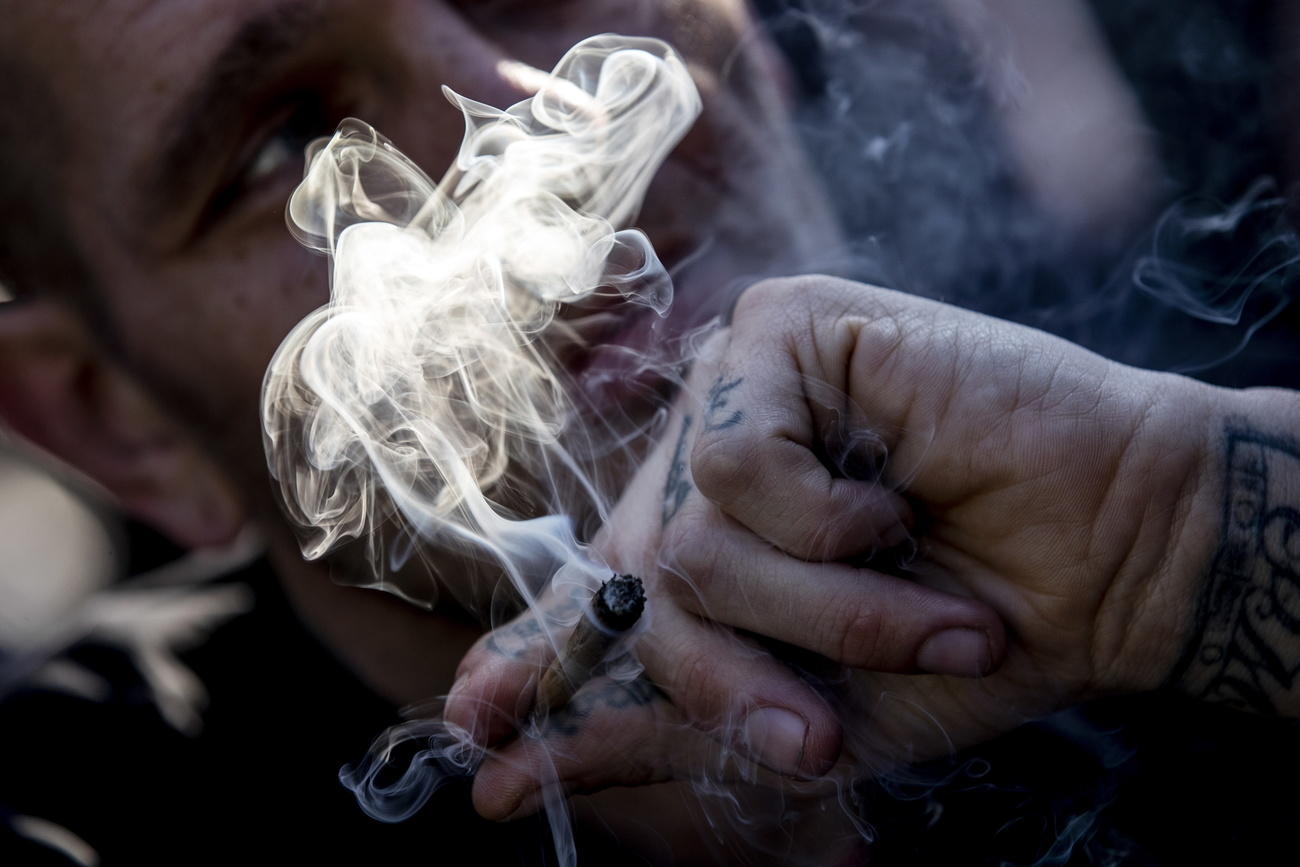
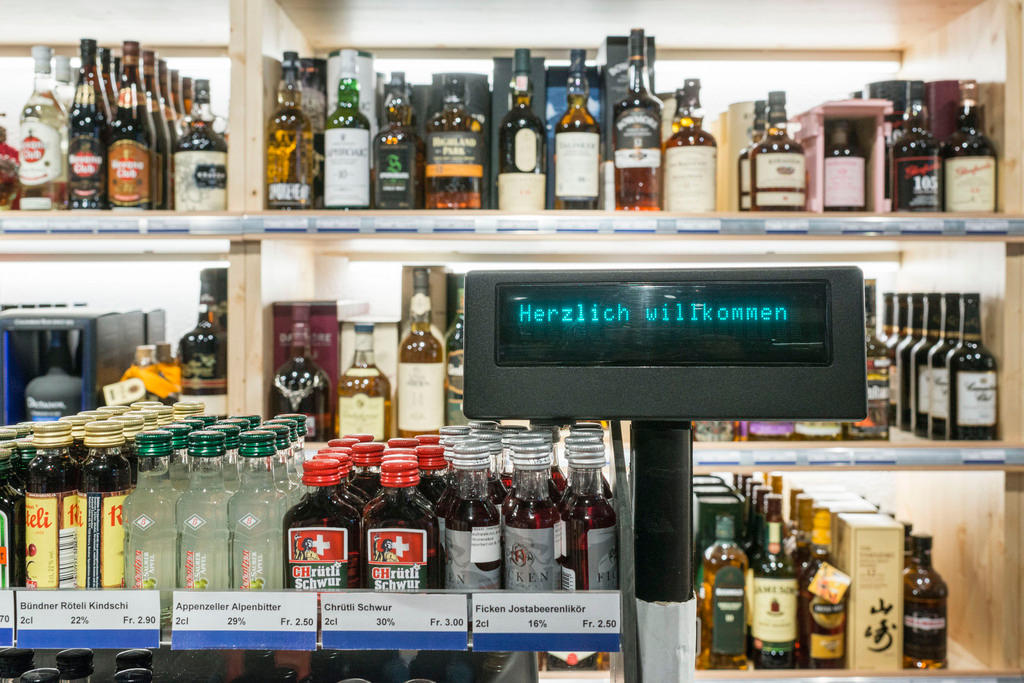

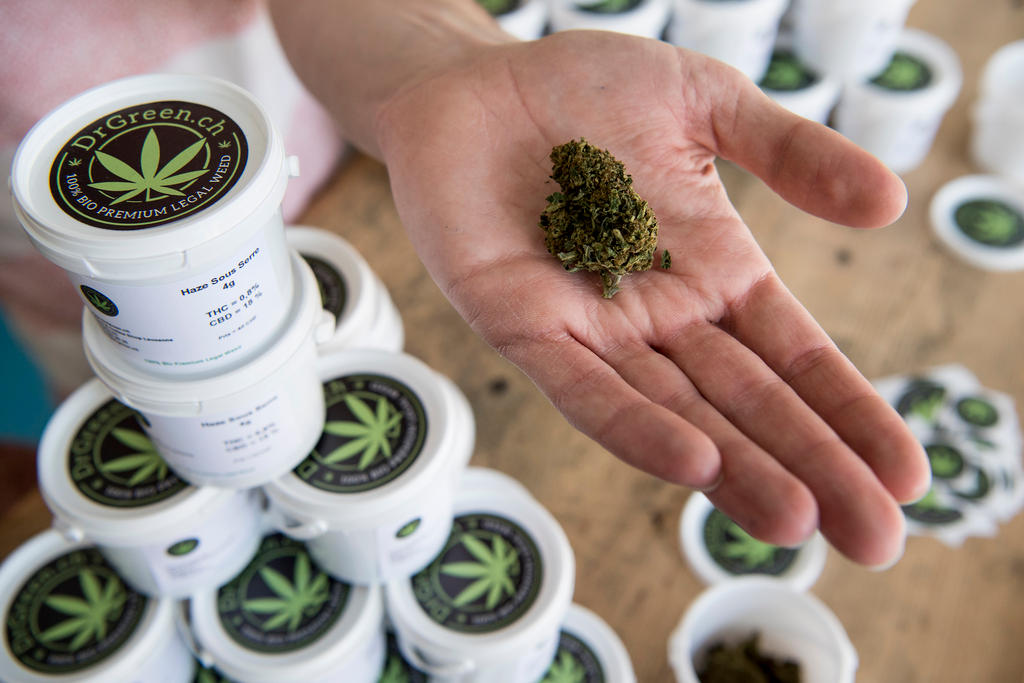


You can find an overview of ongoing debates with our journalists here . Please join us!
If you want to start a conversation about a topic raised in this article or want to report factual errors, email us at english@swissinfo.ch.